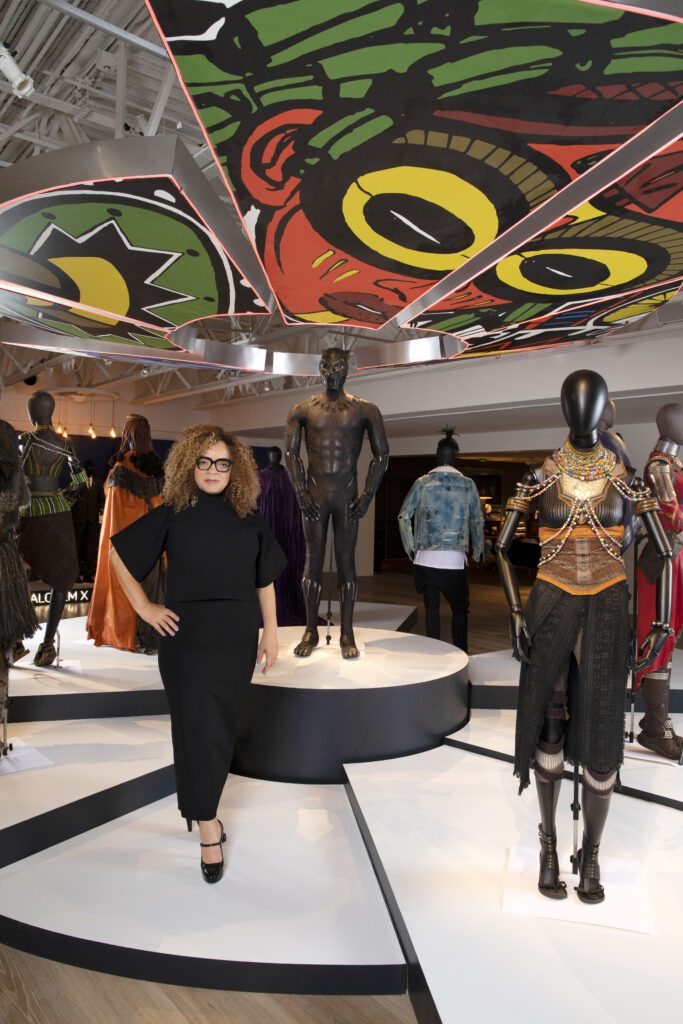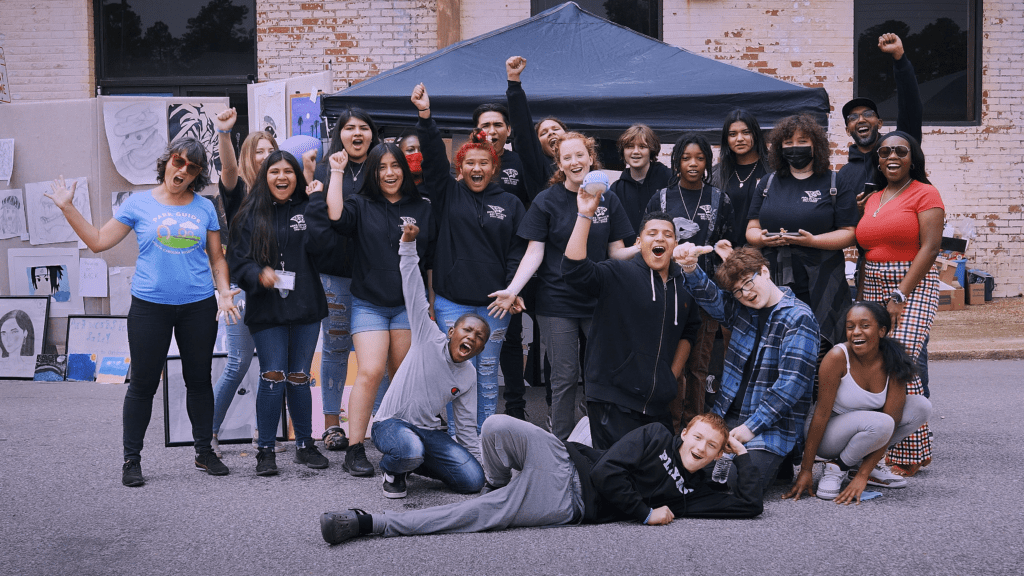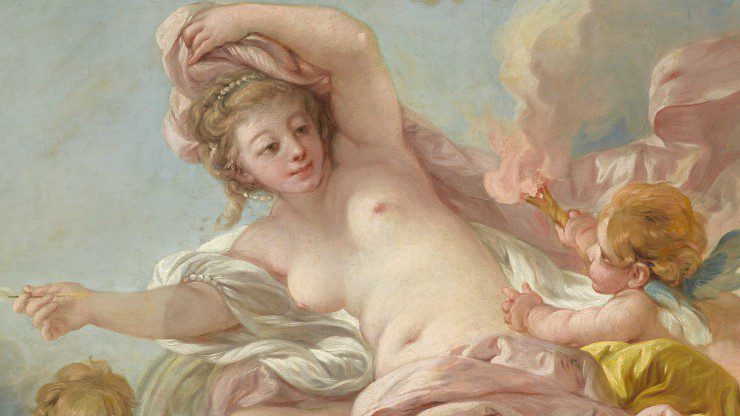Rabbi Shimon said: “There are three crowns: the Crown of Torah, the Crown of Priesthood and the Crown of Royalty, but the Crown of a Good Name supersedes them all” (Ethics of the Fathers 4:13).
This teaching from a scholar in the Holy Land of almost 2,000 years ago encapsulates the beauty, history, and relevance of the NCMA’s prized Venetian Torah Crown.

The Crown of Torah:
That’s what this is—a magnificent diadem for the dressed Torah scroll, the handwritten parchment text of the first five books of the Hebrew Bible, beginning with Genesis, that is the central object of synagogue services. Richly worked cylindrical Torah crowns are among the trademarks of Italian synagogue Judaica. (A similar, somewhat larger crown is in the collection of the Metropolitan Museum of Art). With this crown the Torah was exalted in beauty and elegance.
Click to see similar crowns (with finials) adorning the scrolls in a Torah procession at the Great Synagogue of Rome, 2019.
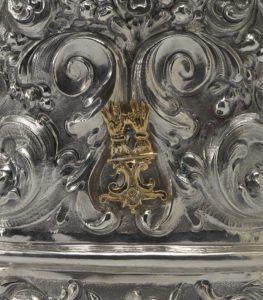 The Crown of Priesthood:
The Crown of Priesthood:
This crown also has small, gilt, cast attachments representing some of the implements and rites used in the Temple in Jerusalem (such as the Ark of the Covenant, a flaming altar, and the Priestly Hands of Blessing)—details frequently found in Italian Judaica. These attachments visually and symbolically connected the synagogue service in Italy to the priestly ritual of the Holy Temple of Jerusalem. Thus, this 18th-century crown is physically and thematically linked to the ritual objects of both the distant Jewish past and the messianic future, when it is believed the Jerusalem Temple will be rebuilt.
The Crown of Royalty:
This crown, and all Torah crowns, are clearly modeled after royal crowns. The regal crown indicates the majesty and power of the Torah. The Torah is monarch—a ruler, powerful, respected, revered, dressed in beautiful robes and adorned with precious ornaments.
The Crown of a Good Name:
This supersedes all the other crowns—a “good name”—personal honor, honesty, and good deeds are more important than the trappings of wealth. As with so much of history, people of good name are often not recorded, and our knowledge of this crown’s full past remains conjectural or incomplete.
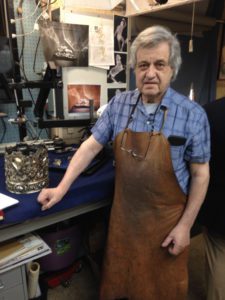
The first person whose name, or rather initials, is literally stamped into the silver of the crown is Zuanne Cottini, a master silversmith in Venice, active from 1682 to 1736. Cottini was such a man of good name that he was trusted as an assayer, someone who verifies that the silver used to craft objects is of certified purity. It remains a mystery if Cottini was the maker or the assayer of this crown. Ubaldo Vitali, the Italian American fourth-generation silversmith and conservator (and MacArthur Fellow) who masterfully restored the NCMA crown, believes that Cottini was both the silversmith and the assayer, a not uncommon conflict of interest. Ubaldo is clearly a man of good name—and he knows Italian silversmiths!—so I’m happy to associate the “good name” of Cottini as the silversmith of this crown.
The names of the individuals associated with this crown over the succeeding centuries seem to be lost to history, until—according to the Israeli family who owned it prior to its acquisition by the Museum—the crown somehow turned up in Eastern Europe and became connected with major figures in traditional rabbinic scholarship and leadership, men of good name. After World War I the crown came to the land of Israel and into the possession of the wife of Rabbi Gedaliah Nadel (1923–2004), a renowned sage and decider of Jewish law. Rabbi Nadel’s descendants consigned the crown to auction, where it was purchased by the Museum.
The NCMA’s Venetian Torah Crown embodies each of the crowns in Rabbi Shimon’s ancient teaching. There is a vast distance of time and space from the origins of this rabbinic source in the Roman-era Holy Land to the creation of this magnificent crown in La Serenissima, the Venetian Republic.
Across generations and borders, this Torah crown’s beauty and meaning consistently upheld each aspect of the crowns described by Rabbi Shimon: Torah, Priesthood, Royalty, and a Good Name.

Ruth E. Carter: Afrofuturism in Costume Design
Academy Award–winner in Costume Design, Ruth E. Carter has helped bring characters to life in acclaimed Hollywood blockbusters. The NCMA celebrates the magic of her imagination.
Innovative AIM Program Reaches Thousands
Thinking outside the lines, NCMA outreach programmers connect local artists in rural communities with local students excited to discover the artist within.
Love in the Galleries
This Valentine’s Day we invite you to follow Cupid’s arrow through West Building to discover some amorous works in the NCMA’s collection.

